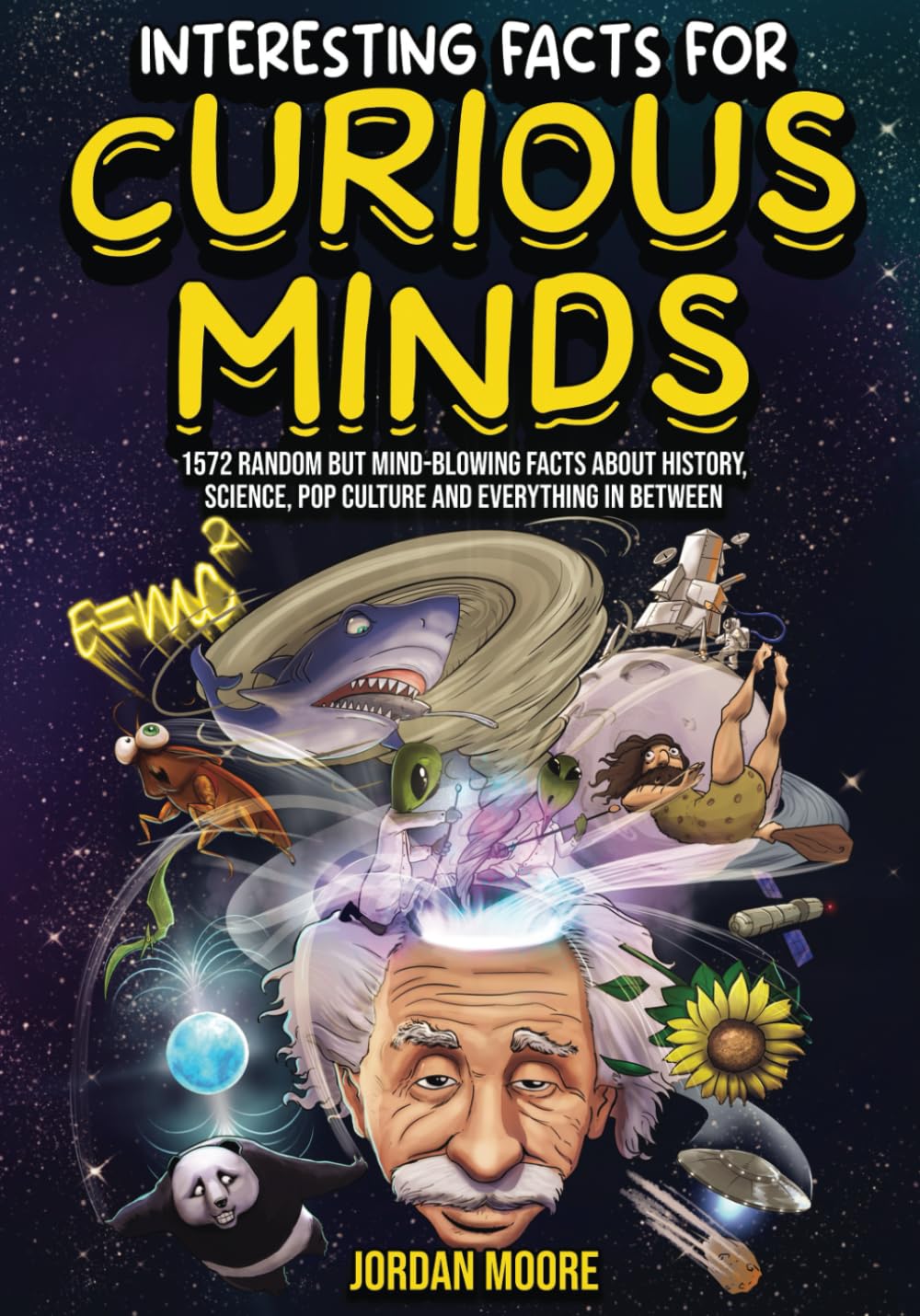
Interesting Facts For Curious Minds: 1572 Random But Mind-Blowing Facts About History, Science, Pop Culture And Everything In Between
All Kinds Of Hobbies, Strange Or Otherwise
byAll kinds of hobbies, strange or otherwise, reveal the diverse ways people engage with the world, finding enjoyment in activities that range from the extreme to the unusual. For example, extreme ironing is a quirky hobby where participants iron clothes in extraordinary locations, such as mountain tops, underwater, or even while surfing on a board. This combination of extreme sports and domestic tasks demonstrates how people constantly seek new ways to combine adventure and routine tasks in creative ways. Similarly, in certain parts of Asia, insect fighting is a popular pastime, with cricket fighting being a favorite in China and beetle fighting in Japan. These activities highlight the cultural significance of traditional pastimes and the fascination with natural creatures, turning them into competitive events that attract large crowds.
On the more intellectual side, bibliophiles are individuals who have a deep love for reading and collecting books. This passion has led to a thriving community of book collectors, with the term “bibliophile” derived from the Greek words biblio (meaning “book”) and phile (meaning “love”). Books, both for leisure and education, have been part of human culture for centuries, shaping societies and influencing intellectual movements. Another fascinating hobby, geocaching, involves participants using GPS devices to find hidden objects or prizes buried outdoors. This modern treasure hunt began on May 3, 2000, in Beavercreek, Oregon, and has since become a popular activity worldwide. Geocaching not only combines technology with outdoor adventure but also encourages exploration and a sense of community among those who participate in the search for hidden treasures.
Some hobbies are connected to traditions that have been passed down through generations, like the Finnish sport of wife-carrying. In this event, men race through obstacle courses while carrying their female teammates, demonstrating the humorous and sometimes absurd nature of sports in certain cultures. Similarly, the practice of noodling, or fishing for catfish with bare hands, is a dangerous yet fascinating hobby popular in the United States, despite its legal restrictions in many states due to the risks involved. Other strange but captivating activities include the Japanese art of Hikaru dorodango, where individuals mold and polish mud into shiny spheres, creating works of art from simple earth and water. This art form represents the intersection of nature and creativity, where even something as humble as mud can be transformed into something beautiful with careful attention and dedication.
As people continue to develop hobbies and pastimes, some pursuits evolve into larger cultural phenomena. Chessboxing, for example, combines the strategic thinking of chess with the physical intensity of boxing, requiring participants to be skilled in both sports. To compete in chessboxing, participants must have competed in at least 50 amateur boxing matches and have a certain level of chess skill, making it a unique blend of intellect and athleticism. Another growing trend, especially among social media users, is “randonautica,” an app that generates random GPS coordinates, prompting users to explore unknown places. While the app gained popularity for its sense of mystery, it led to a chilling incident in 2020 when a group found two corpses at one of the app’s suggested locations. This incident raised questions about the app’s impact on user behavior, even though its founder claims the event was purely coincidental.
The world of trophies and collecting also offers its own set of peculiar hobbies, such as trophy hunting, which remains a contentious subject globally. Between 2005 and 2014, nearly 43% of trophies taken by American hunters came from Canada, with South Africa following as the second most popular country for hunting trophies. The ethics surrounding trophy hunting have sparked debates worldwide, with critics arguing that it encourages the killing of endangered species. On a lighter note, the art of making large objects out of everyday materials, such as the creation of the largest ball of twine by J.C. Payne, serves as a fun and often competitive hobby. Payne’s record-breaking twine ball, measuring 41.5 feet in circumference, has become a symbol of how ordinary tasks can be elevated to extraordinary feats when combined with passion and creativity.
Some hobbies may also be linked to dangerous trends, such as the “devious licks” challenge that started on TikTok in 2021. This fad encouraged users to commit petty crimes and then post the results online, which led to a series of arrests and public backlash. The trend highlights the darker side of social media culture, where challenges can escalate into illegal activities. While hobbies can be a source of enjoyment and creativity, they also serve as a reflection of the broader societal influences shaping modern culture. Whether it’s the bizarre spectacle of wife-carrying or the intellectual pursuit of chessboxing, these hobbies reveal the unique ways in which people interact with the world around them, continually pushing boundaries and redefining what it means to have fun.

